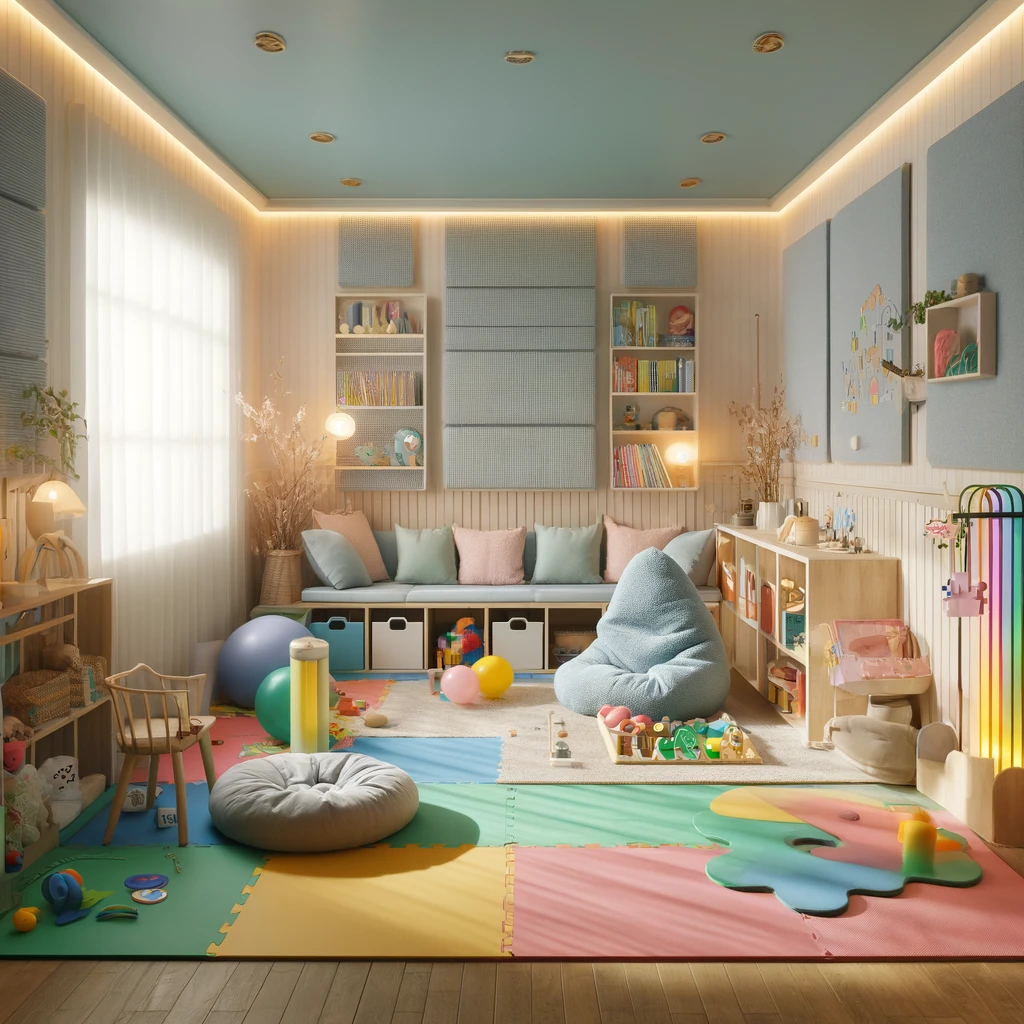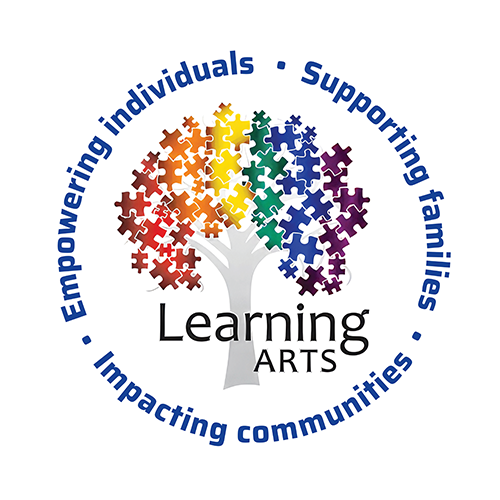
Autism Support Strategies for a Nurturing Environment for Individuals with Autism

June 13, 2024
Strategies to Create a Nurturing Environment for Autism Spectrum Disorder (ASD)
Creating a supportive environment for individuals within the autism spectrum is crucial for their growth, development, and overall well-being. Whether at home, school, or within the broader community, these environments play a significant role in helping individuals with Autism Spectrum Disorder (ASD) thrive. If you are parenting a child within the spectrum, consider these key autism support strategies and considerations for building a supportive environment:
Understanding the Importance of Structure and Routine
Individuals with autism often benefit from structured and predictable environments. Consistency in daily routines can help reduce anxiety and provide a sense of security.  Implementing strategies such as visual schedules, clear expectations, and consistent routines can make a significant difference in their ability to navigate their day-to-day activities. Using tools like visual timers and charts can help individuals with autism understand what to expect and when, thereby reducing uncertainty and anxiety. For example, visual schedules can depict daily activities using pictures or symbols, helping individuals anticipate transitions between tasks. Consistency in bedtime, mealtimes, and other daily activities can further provide a stable framework within which they can feel safe and understood. Caregivers can also use visual cues to break down complex activities into manageable steps, making it easier for individuals with autism to follow and complete tasks independently.
Implementing strategies such as visual schedules, clear expectations, and consistent routines can make a significant difference in their ability to navigate their day-to-day activities. Using tools like visual timers and charts can help individuals with autism understand what to expect and when, thereby reducing uncertainty and anxiety. For example, visual schedules can depict daily activities using pictures or symbols, helping individuals anticipate transitions between tasks. Consistency in bedtime, mealtimes, and other daily activities can further provide a stable framework within which they can feel safe and understood. Caregivers can also use visual cues to break down complex activities into manageable steps, making it easier for individuals with autism to follow and complete tasks independently.
Creating a Sensory-Friendly Environment
Many individuals with autism have sensory sensitivities that can affect their comfort and ability to focus. Creating a sensory-friendly environment involves identifying and minimizing sensory triggers. Autism support strategies might include controlling noise levels, providing quiet spaces, using soft lighting, and incorporating sensory tools such as fidget toys or weighted blankets. Tailoring the environment to meet sensory needs can greatly enhance comfort and functionality.
For example, some individuals with autism may find fluorescent lights overwhelming. Using natural light or softer, indirect lighting can reduce sensory overload. Noise-canceling headphones can help individuals who are sensitive to sounds, while textured objects and sensory toys can provide calming tactile stimulation. Creating a designated quiet space where individuals can retreat when feeling overwhelmed can also be beneficial.
Encouraging Social Interaction and Communication
Social interaction and communication can be challenging for individuals with autism. Encouraging and facilitating social interactions in a supportive way is essential. This might involve structured social skills training, role-playing, or using social stories to teach appropriate social behaviors. Creating opportunities for positive social interactions with peers can help build social skills and confidence.
Structured social skills training can include activities that teach turn-taking, sharing, and understanding non-verbal cues. Role-playing scenarios can help individuals practice social interactions in a safe and controlled environment. Social stories, which are short descriptions of social situations written from the perspective of the individual, can provide clear examples of appropriate social behaviors and responses. Encouraging participation in group activities or clubs that align with the individual’s interests can also foster social connections and friendships.
Providing Educational Support
Educational environments need to be tailored to meet the unique needs of students with autism. This can involve individualized education plans (IEPs), specialized teaching strategies, and collaboration between teachers, parents, and therapists. Teachers and school staff should be trained to understand and support students with autism, ensuring that they have access to the resources and accommodations they need to succeed academically and socially.
IEPs are personalized plans that outline specific goals and accommodations for students with autism. These plans can include modifications to the curriculum, additional support services, and strategies to address sensory or behavioral needs. Collaboration between educators, therapists, and parents is crucial to ensure that the plan is effectively implemented and adjusted as needed. Training for school staff on autism awareness and intervention strategies can also help create a more inclusive and supportive educational environment.
 Strategies for Involving Family and Community
Strategies for Involving Family and Community
Family and community support are vital components of a supportive environment. Families should be equipped with the knowledge and resources to support their loved ones with autism. Community awareness and inclusion initiatives can help create a more understanding and accepting environment. This might include community training programs, autism-friendly events, and support groups for families.
Families can benefit from workshops and seminars that provide information on autism and effective support strategies. Support groups offer a platform for families to share experiences and advice, fostering a sense of community and mutual support. Community initiatives, such as autism-friendly hours at local businesses or inclusive recreational programs, can help individuals with autism participate more fully in community life. Public awareness campaigns can also play a role in reducing stigma and promoting acceptance.
Conclusion
When parenting a child with ASD, it’s important to utilize these autism support strategies to create a supportive environment that includes structured, sensory-friendly spaces that promote social interaction, educational success, and community inclusion. By understanding and addressing the unique needs of individuals with autism, we can help them achieve their full potential and lead fulfilling lives. At Learning ARTS, we are committed to providing the educational resources and support families need to create these environments and foster a brighter future for individuals with autism.
For further reading and resources, please visit:
- Autism Speaks – Sensory Issues
- Child Mind Institute – Teaching Social Skills at Home
- Understood – IEP Guide for Parents
By working together, we can build a more inclusive and supportive world for individuals within the autism spectrum. For more information, contact us at referrals@learningarts.com.

About Author: Learning Arts
Formed by Dr. Will Brandon in 1997, Learning ARTS has been on a mission to be a leading force in autism therapy, pushing the boundaries of what’s possible and creating a brighter future for individuals within the autism spectrum, their families, and communities for nearly 30 years.
It is that experience that helps us understand that finding the right treatment for an individual within the autism spectrum can be overwhelming and confusing. But rest assured, when you choose Learning ARTS, you’re choosing a partner for your family’s autism journey. We offer a personalized, family-oriented approach to care that focuses on building relationships and social skills while providing access to community and classroom functions. Together, with our team by your side, your family will thrive.



